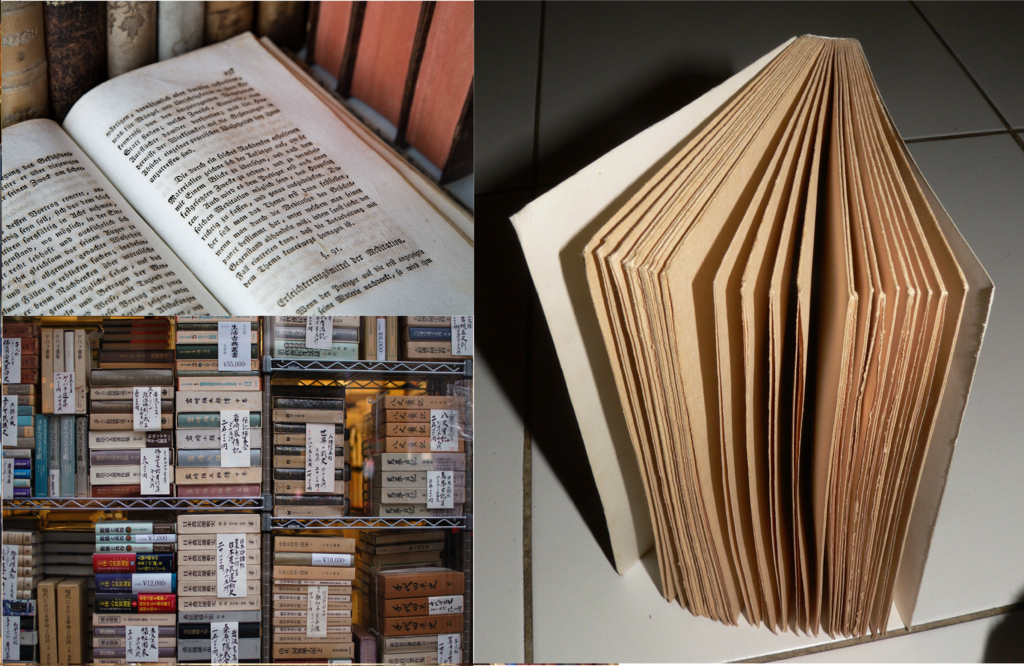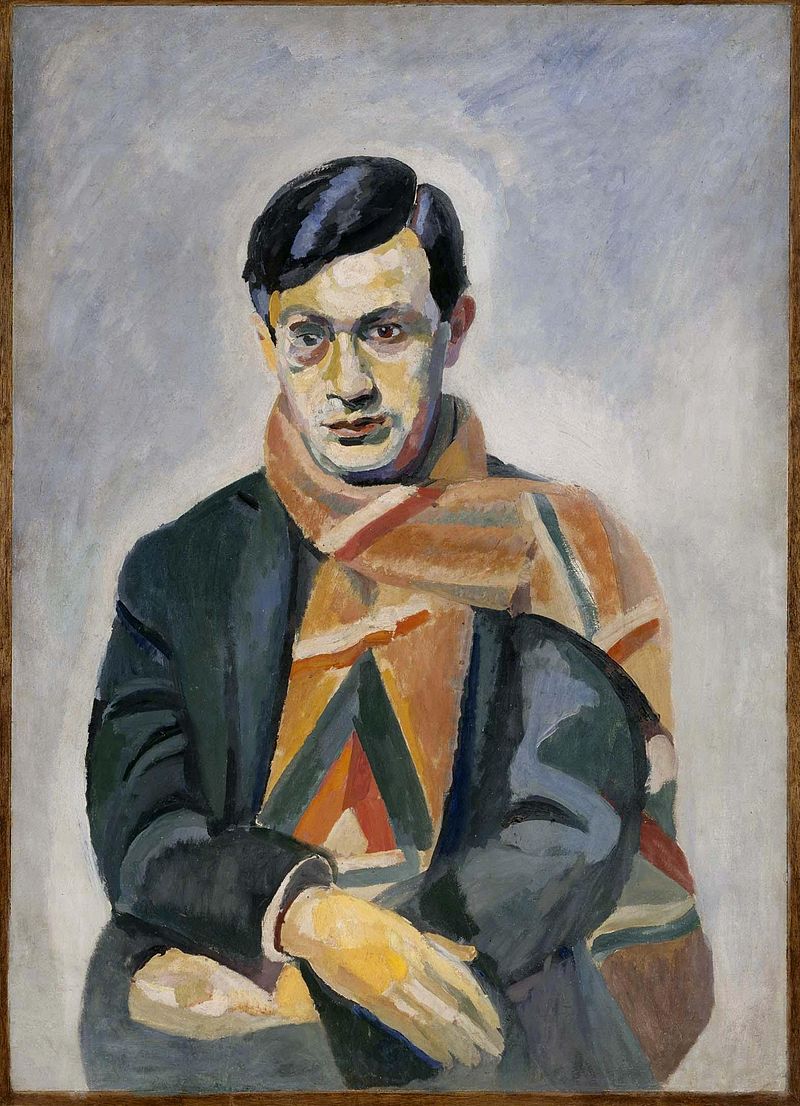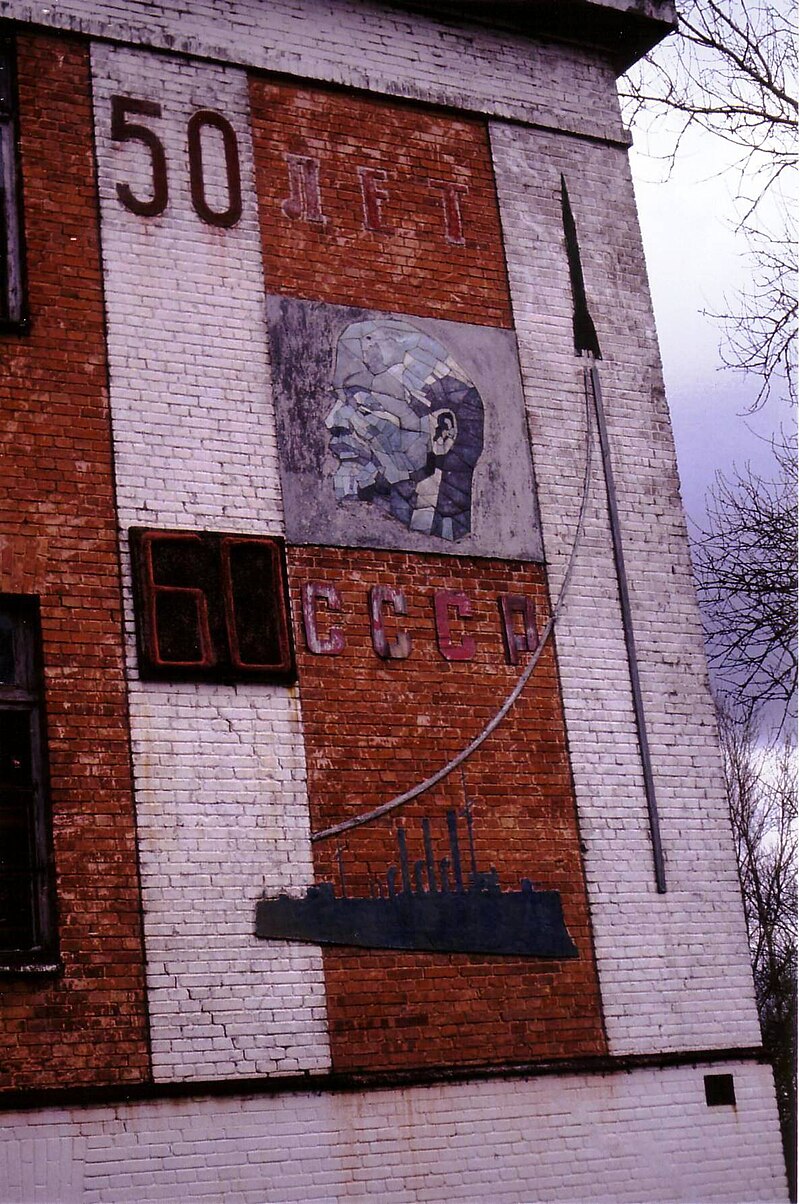Zürich, 8 February 2016

A series of upcoming new classes has necessitated new books, and as St. Gallen and Konstanz (the cities closest to where I live) have limited options in regards to English language teaching materials, I am here to go shopping.
It is a rare opportunity, for normally after Vaduz I would rush to Winterthur to teach technical English, but my private student cancelled this week´s lesson.
So, Carpe diem, seize the day, or at least what remains of it.
The two stores I want to visit – Stäheli Buchhandlung (for textbooks and teaching materials) and The Travel Bookshop (for travel books) – are both located in my favourite Zürich neighbourhood, Altstadt Niederdorf, on the East Bank of the Limmat River.

Today I meet Heidi and ponder the remains of Dada.
At Rosengasse 10, near the Rathaus (city hall) tram stop is a remarkable place, the Hotel Adler (the Eagle Hotel).

Although it may not look particularly special from the outside it has several unusual features:
- a rainwater toilet-flushing system
- murals of Altstadt scenes in each of the rooms
- environmentally friendly minibars
- a cast iron water fountain for dogs commemorating Zürich animal painter Rudolf Koller (1828 – 1905)
- (Koller spent the first ten years of his life in the Hotel. His father was innkeeper. Koller observed the animals of the waggoners, which were kept in the stables of the Adler. He scribbled his first sketches on the walls of the house and later became a famous Swiss animal and landscape painter. He would later paint the stray dogs wandering about the Niederdorf.)

Above: Koller´s most famous work, Gotthardpost – Switzerland´s “Pony Express” through the Gotthard Pass
- one of the city´s oldest and best fondue restaurants

- a full-size fibreglass cow peering out from one of the balconies

This building was mentioned in documents for the first time in 1357, as part of Fraumünster Abbey´s obligation to keep horses for the military.
The building would later be inhabited by the town clerk and judges, goldsmiths and tailors.
In 1455, the building is first mentioned as a public house / hotel.
Over 560 years old, it is the oldest public house in the old town of Zurich.
In 1590, the City Council donated a painted glass window to the Adler – probably as a sign of the close link between the nobility and the government.
This meant that it could not be seen from outside how gentlemen conducted themselves while playing at cup and dice in a public house.
By 1900, Hotel Adler had become a drinking dive with a flophouse in the attic – a hostel for riff-raff and vagrants.
In 1953, the Adler was renovated and the Rosenhof inner courtyard created.
The Adler is mentioned for the first time as being a fondue parlour.
Over 60 years old, it is the oldest fondue restaurant in the old town of Zurich.
In 1997, the Adler again undergoes a complete renovation.
The fondue parlour becomes the Swiss Chuchi restaurant with Swiss specialities.
Artist Heinz Blum brings the history of the Zurich old town to all of the 52 hotel rooms and paints the atmospheric Adler courtyard, an imaginary Zurich inner courtyard, on the inner walls over several floors.
In 1998, Heidi, the hotel cow, moves to the balcony on the 1st floor and becomes a well-loved photo subject.
Heidi, the Adler cow, may look a little out of place today, but back in 1998 she was just one of a herd of around 800 cows roaming the streets of Zürich.
Known as Land in Sicht (“the countryside in view”) this unusual public art exhibit was the brainchild of artist Walter Knapp, who commissioned his son Pascal to create clay sculptues of cows standing, grazing and lying down across the city.
They were everywhere, including train stations, shops, restaurants, parks, squares…
The paintwork on each cow was unique in reflecting a specific aspect of life and culture in Zürich.
The cows preceded to conquer the world under the trademark CowParade.
CowParade is an international public art exhibit that has been featured in major world cities.
Fiberglass sculptures of cows are decorated by local artists, and distributed over the city centre, in public places, such as train stations, important avenues, and parks.
They often feature artwork and designs specific to local culture, as well as city life and other relevant themes.
After the exhibition in the city, which may last many months, the statues are auctioned off and the proceeds donated to charity.
Chicago

Buenos Aires

Edinburgh
In the case of the Adler cow, Heidi was commissioned as an advertising gimmick and has remained on the balcony ever since.
The cows of Zürich have prompted many copycat projects around the world, including camels in Dubai, elephants in Hannover, penguins in Liverpool, pigs in Seattle…
But Heidi and the CowParade is not the first art movement that Zürich has initiated…
As I wander the streets of Zürich today there is signage everywhere advertising the centennial of the birth of Dadaism and exhibits across the city celebrating it.
Welcome to the Cabaret Voltaire at Spiegelgasse 1, the birthplace of Dada.


It was here that Dada came into being on 5 February 1916.
So, what was and is Dada?
Hans Arp (1886 – 1966), Alsatian painter, poet and sculpturer, was one of the founders of Dadaism:
“I am convinced that this word is entirely insignificant and that only imbeciles and Spanish professors will be interested in exact dates.”
No one has ever been able to answer that question conclusively.
Johannes Baader (1875 – 1955) was a writer and artist associated with Dada in Berlin:

Baader is the bearded one.
“Not even the Dadaists know what Dada is. Only the Ober-Dada does and he tells no one.”
Dada got its name in Zürich and by the 1920s emerged as a Zeitgeist (spirit of the times) that spread throughout the world.
The myth of Dada began with soirées, sound poems, African drums and the name “Dada”.
It spread to New York and became the “Readymade” Dada with machine drawings and the “I am Art” concept.
In Berlin, Dada was propaganda, with collages, photo montages, poster poems and anti-political rheotric.
Paris was provocation, with soirées and scandals, excursions, trials and stage plays, the “cannibalisation and death” of Dada.
Dada would bring into being Surrealism, Letterism, the Beat Generation, Fluxus, performance art, creative actionism and political art.
Branches of the movement would be found in places as far afield as Barcelona, Cologne, Japan and the Tyrol.
Dada is a statement, rather than a style.
Dada took in all the avant garde movements that existed at the time, like Expressionism, Futurism and Cubism, and spit them out in unique forms.
Dada, also called “anti-art”, is a radical negation of art – the first real revolutionary movement in Modernism.
Tristan Tzara (1896 – 1963), Romanian/French poet, essayist and performance artist, was another founder of the Dada movement:

Portrait of Tristan Tzara by Robert Delaunay
“Dada does not signify anything. It would be futile and a waste of time for a word that signifies nothing.”
In order to understand Dada better, one has to consider the circumstances under which it was born: the world a century ago, the turmoil of the First World War.
Hugo Ball, one of the Cabaret Voltaire´s founders, in his diary Flight Out of Time:

“The world and society in 1913 looked like this: Life is completely confined and shackled. A kind of economic fatalism prevails. Each individual, whether he resists or not, is assigned a specific role and with it his interests and his character. Is there anywhere a force that is strong enough and, above all, vital enough to put an end to this state of affairs?”
This “economic fatalism” is one of the many factors that lead to the outbreak of the First World War in August 1914, a devastating war of attrition lasting four years.
A whole generation wasted away in trenches of damp, filth, rats and lice.
Thousands torn to shreds by grenades and tanks, gassed by phosgene, burned by mustard gas.
“By contrast, neutral Switzerland is a birdcage, surrounded by roaring lions. Switzerland becomes a haven for intellectuals, scientists, poets and artists from all the belligerent nations. In that haven they sing, paint, make collages, compose poetry and dance, searching for an elementary art and a new order that can heal human beings from the folly of the era and create a balance between Heaven and Hell.”
It was an exciting time.
The philosopher Friedrich Nietzsche declared and lamented the death of God, the artist Vassily Kandinsky philosophised about the spiritual in art, Sigmund Freud and Carl Jung created psychoanalysis, Albert Einstein discovered the theory of relativity and Vladimir Lenin, residing not far away from the Cabaret Voltaire, worked on the concepts of the Russian Revolution.

“Strange incidents: When we had the Cabaret Voltaire in Zürich at Spiegelgasse 1, there lived at Spiegelgasse 6, opposite us, Lenin. When we were opening the gallery in Bahnhofstrasse, the Russians went to Petersburg to launch the Revolution. Is Dadaism a sign and gesture the opposite of Bolshevism? It will be interesting to observe.”
In my next blog, Gaga about Dada, I will tell you of the adventure of my discovery of Dada and the fuss that Zürich is making over this centennial.
It will be interesting to observe.
(Sources: Wikipedia;
Dada City Zürich Hiking Map, Cabaret Voltaire;
Dada Handbook, Cabaret Voltaire;
Only in Zürich, Duncan J. D. Smith)

